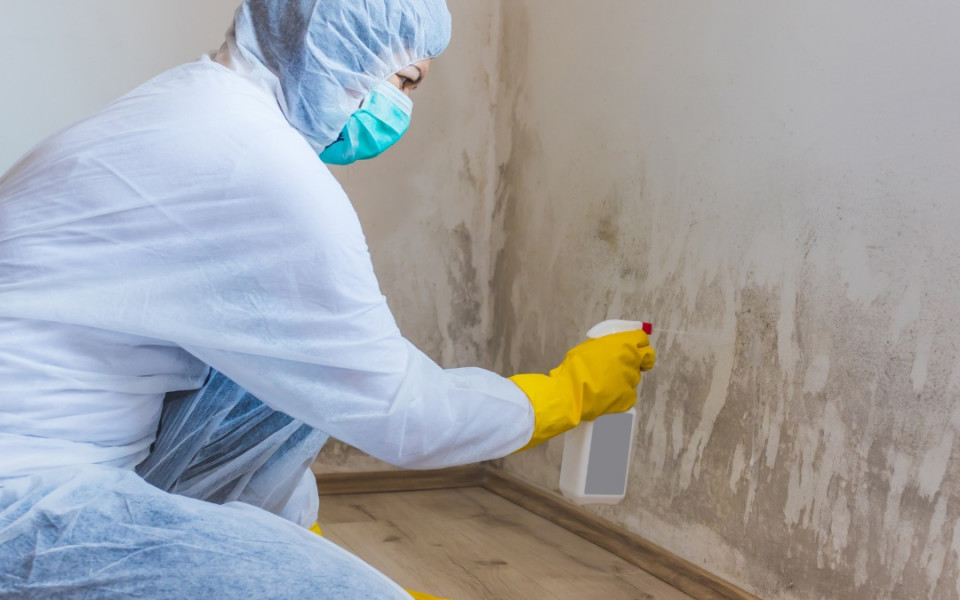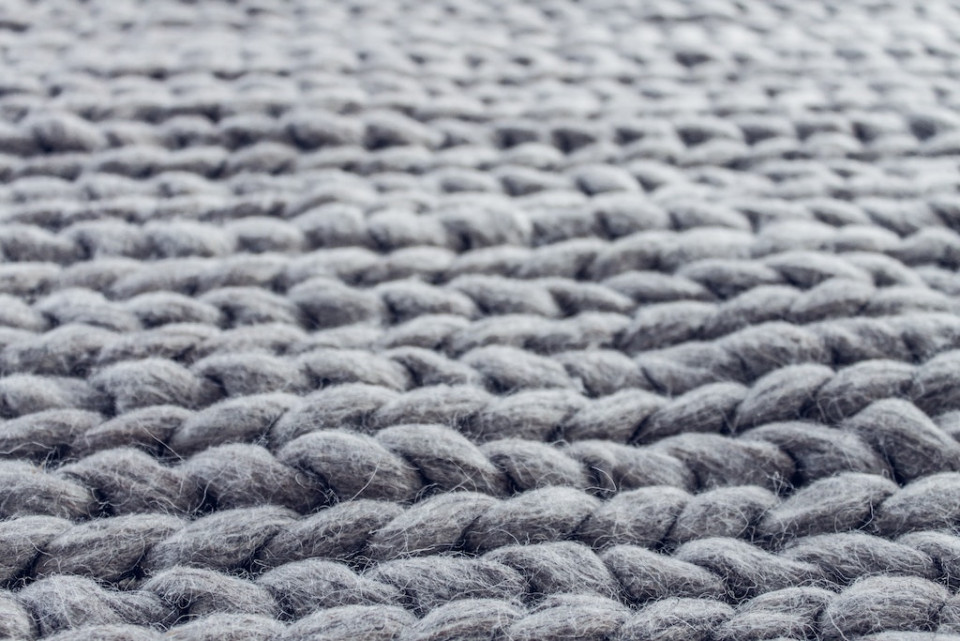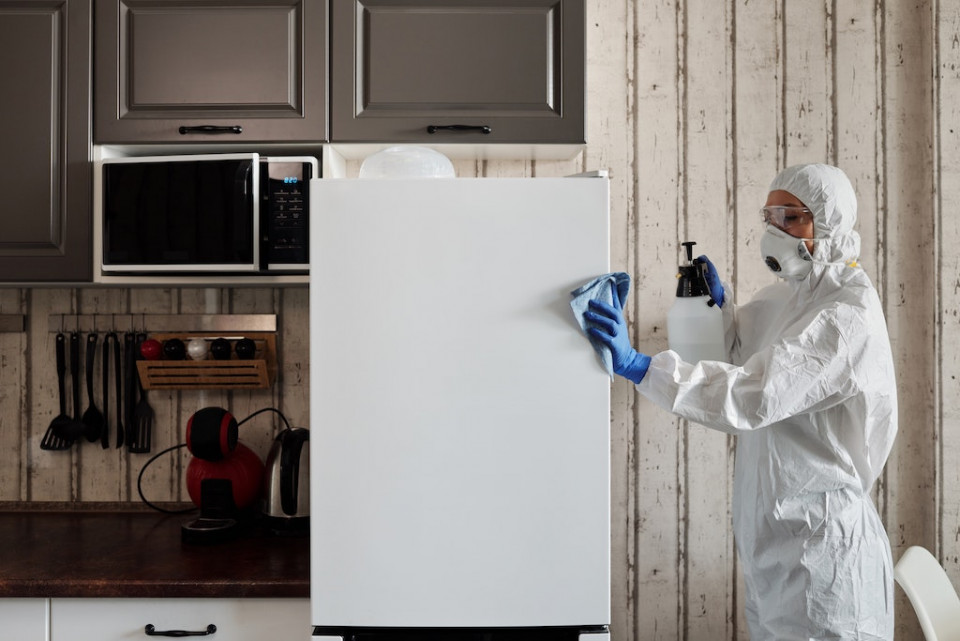What You Need to Know About Removing Mold from Your Home

photo source : pixabay.com
You're lounging on the couch when you notice a funky smell wafting from the kitchen. After doing some digging, you find the culprit - a barely noticeable patch of white mold growing in the corner (well camouflaged by the matching paint on your walls). Yikes.
Now what? How about calling Aqua Lock?
For starters, Aqua Lock provides mold removal services in Louisville and Lexington. This EPA-approved and certified firm can help you bid goodbye to the fungal growth in or around your home. Here're a few other aspects you need to know about mold removal from your property.
1. Testing Isn't Necessary
If it looks like a duck... so goes the saying. Hence, if you see mold in your home or experience a musty scent, you don't need an expert's opinion to confirm its presence. That said, it doesn't hurt to turn every stone to establish the cause of your mold issue.
The idea should be to identify and fix the cause - not merely the infestation. Mold requires moisture and an ideal temperature to develop. As such, look for spots with inadequate ventilation or poor air movement. While at it, check for water intrusion. This could be as simple as a leaking faucet or showerhead to a more complex case, such as water seeping from the walls.
But if you're unsure whether you have a mold issue, consider calling in a professional to test for it. Also, keep in mind that mold isn't a picky houseguest. In other words, it can infest virtually any surface - wood, carpet, food, furniture, ceiling, insulation, and more.
2. Clean Up Before It Spreads

source : aqualockit.com
Mold is like an overstayed houseguest - it makes itself right at home and won't leave until you kick it out. And the longer it lingers, the more damage it can cause.
With that in mind, the key lies in dealing with the issue as soon as you spot it. Start by scrubbing away the mold using a mild detergent and water solution. You may also use a brush or a vacuum cleaner with a HEPA filter attachment for hard-to-reach places.
3. You Should Proceed with Caution
A moldy indoor environment can impact your family's health, especially if they're sensitive to mold. Thus, mold exposure can result in stuffy noses, itchy eyes, and other intense reactions such as shortness of breath. It can also exacerbate asthma symptoms and affect people with compromised immune systems.
As such, when cleaning mold, avoid using a combo of bleach and ammonia since it can cause toxic fumes that irritate the airways. Also, wear protective gear such as face masks and gloves to prevent accidental inhalation of mold spores.
And while at it open windows and doors to allow plenty of ventilation when cleaning the area. It's also advisable to adhere to the instructions on the cleaning product label.
4. Humidity Control Averts Mold
Keep the humidity level in the 30-50 percent range or below 60 percent to prevent mold from taking over your home. On that note, consider investing in a dehumidifier or fan to keep your home dry and mold-free. Also, use mold-killing products to regularly clean areas prone to moisture, such as bathrooms.
That said, it's not possible to completely eliminate mold and mold spores indoors. The goal should be to control moisture so mold doesn't have the opportunity to grow and spread.
5. Some Materials May Require Replacement

source : pexels.com
Generally, mold penetrates porous materials, and by so doing, it causes discoloration and staining. Unfortunately, mold damage may be extensive, necessitating the replacement of some materials. For instance, if the drywall and insulation have been affected, remediation may require their removal and replacement. Mold growth might also affect fabrics such as carpets and curtains, which you may have to discard if they can't be salvaged.
6. Seek Professional Help for Effective Remediation

source : pexels.com
While a DIY approach might be feasible for small mold patches, it's advisable to call in a professional for larger infestations. And truth be told, mold can be a tricky adversary. Besides, you risk spreading the mold colonies elsewhere as you clean or try to fix the issue.
A professional contractor generally has the tools, knowledge, experience, and manpower to identify, remove and remediate the problem. For instance, they use air scrubbers, air machines (to generate negative pressure in the affected area), and HEPA vacuums to eliminate mold.
They can also recommend preventative measures such as installation of air purification systems. A remediation specialist can also prevent the recurrence of the issue by inspecting the affected area and performing post-cleanup testing.
Mold growth can make you have a freak-out moment. Thankfully, the right know-how and remediation measures can eliminate it before it morphs into a full-blown indoor hazard. Take action today to ensure your family can breathe easy in a mold-free home.






